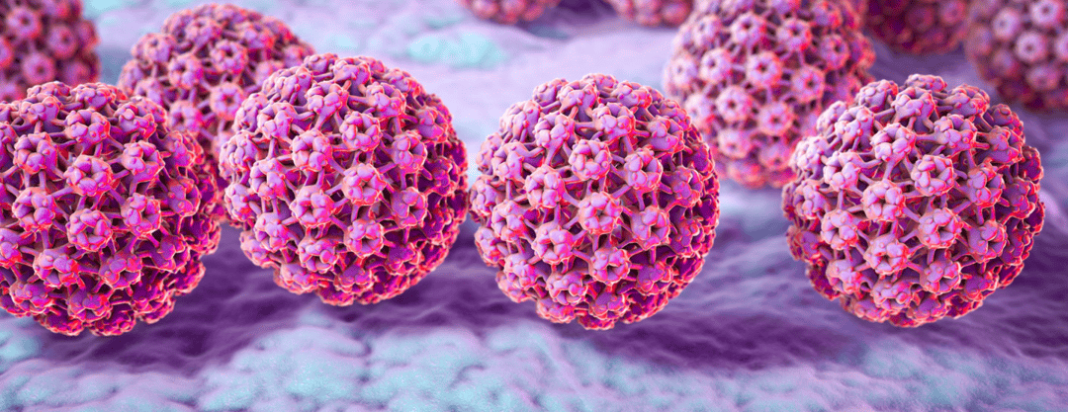Repeated HPV infections are a health issue that has garnered significant attention. Their recurrence is not an isolated phenomenon; rather, it is closely related to multiple factors, including daily habits, genetics, bodily resistance, and the surrounding environment.
Did you know? According to professional statistics, more than half of HPV carriers have partners who also carry the HPV virus. Since HPV is primarily transmitted through sexual intercourse, the risk of mutual infection between partners is extremely high, which increases the difficulty of treatment and makes the virus hard to eradicate. Clearly, the partner’s condition has a significant impact on the infection and recurrence of HPV. In addition, the rising rate of men contracting HPV and developing cancer in recent years underscores the importance of focusing on the role of men in HPV transmission.
Furthermore, personal factors also play a key role in the recurrence of HPV. Some patients may seem to have recovered after treatment, but upon re-exposure to high-risk factors—such as toilets or cups used by HPV carriers—the virus may reactivate. Ignoring safety measures can also increase the risk of recurrence.
It is worth noting that some patients may have their viral load reduced to a level that is undetectable during re-examination, showing a negative result. However, when their immune system weakens, the virus can rapidly proliferate, turning positive again. Moreover, even if the original HPV type is controlled, other viral types that are in a dormant state and not detected may emerge as new positive results following an increase in viral load.
Research has also found that even if **the surface mucosa appears free of the virus, there may still be hidden viruses deeper within, which explains why new positive cases can arise. These phenomena not only reveal the complexity of the HPV virus but also emphasize the importance of the immune system’s ability to monitor and eliminate the virus.
The timing of follow-up examinations is equally crucial. Patients who have received treatment should have a follow-up examination within 3 to 6 months after treatment. If three consecutive results are normal, it can be considered that the virus has been cleared. After that, it is recommended to check once a year for 2 to 5 years. If the results are negative for five consecutive years, the frequency can be changed to once every three years until the age of 65.
For high-risk populations vulnerable to HPV, avoiding repeated and cross infections is essential. The new Luo anti-HPV biological protein liquid dressing can effectively block sustained infections from high-risk HPV types. Studies show that anhydrous cow β-casein can effectively prevent HPV from infecting basal cells and has a good blocking effect on both high-risk and low-risk HPV types.
For HPV-infected patients, **dysbiosis and mucosal damage often accompany the condition. It is recommended to combine the use of Jinglu and Churong for one month prior to using the new Luo in order to adjust **dysbiosis and repair mucosal damage, thereby building a strong mucosal barrier for HPV elimination. For HPV recurrence caused by weakened immunity, enhancing immunity and maintaining bodily health are crucial to prevent infection and recurrence. The recurrent occurrence of HPV infections is a complex issue involving multiple aspects, including personal behavior, physiology, psychology, and social environment, requiring intervention from various angles and a comprehensive approach. Personalized treatment and preventive measures must be adopted to effectively reduce recurrence rates.


